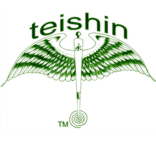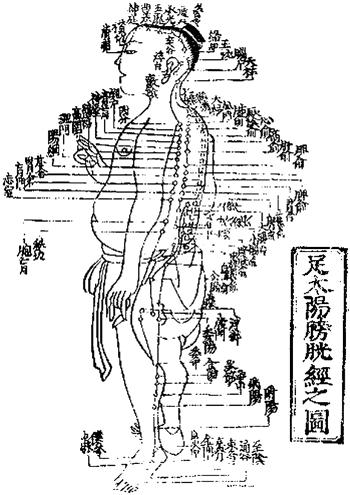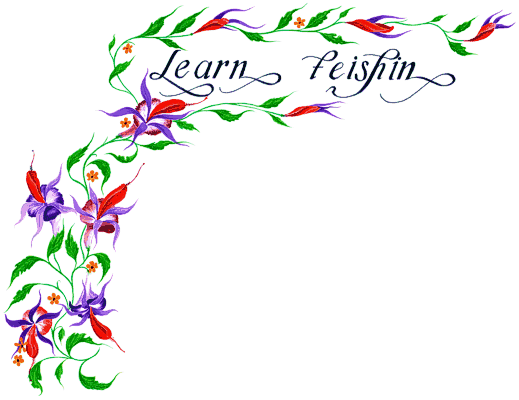Needleless
Acupuncture


Chi Nei Tsang
…Abdominal Qigong
Recently Dr. Oz a western medical doctor, featured on the Oprah Winfrey show, (23 million viewers weekly) was quoted as saying “If you want to live to be 100, practice qigong”. His statement was in response to being asked what health practices he considered the most important. He is one of a new breed of practitioners, a western medical doctor, who himself studies and practices a healthy lifestyle…he walks his talk.
His recognition of the extraordinary effectiveness of eastern healing arts is having a tremendous impact on Western viewers. Many of these eastern healing techniques have no western equivalent. For example Chinese hospitals often have a Tui-Na department, where fully trained medical doctors practice Chinese medical massage (Tui-Na). This art has more than 600 techniques, ranging from Chiropractic type manipulations through acupressure, trigger point and other more well-known massage techniques. These arts have yet to take their place in western hospitals alongside western medical arts as a part of more holistic approach to healthcare.

One eastern modality which has attracted attention in recent times, largely through the work of Mantak Chia and his students, is Chi Nei Tsang, a massage specialty, formerly utilized by the monks in the mountainous regions of China to increase vitality. It is pronounced chee (energy), nee (internal), song (organ). It has a unique relationship with qigong because of its focus on the energetic aspects of the internal organs. This has caused it to be called abdominal qigong.
Practitioners of this art, focus on removing blockages and constrictions in the abdominal cavity. This specialized art has shown great promise in treating toxicity, fibroids, irritable bowel syndrome, poor digestion, appendix inflammation, menstrual disorders, and many other common abdominal imbalances. It is often remarked by those who receive frequent massages, that practitioners rarely do more than superficially stroke the abdomen, even though this is an area of the body which profoundly influences our health. The reason for this may be a concern about damaging delicate tissues or may reflect a lack of confidence due to insufficient training in appropriate techniques.
Chi Nei Tsang has the unique characteristic of bringing together western anatomical knowledge with oriental meridian based thinking, so that practitioners are not just physically rubbing the abdomen but rather seeking to restore circulation, stimulate proper function, and increase the recipients awareness of the level of vitality of their internal organs.
The way in which the work is accomplished is sometimes very Reiki-like and at other times may take on a gentle manipulative quality. Having a good working knowledge of western abdominal anatomy is essential, as is a knowledge of meridians and extraordinary meridian flows throughout the abdominal cavity.
The practitioner works carefully and systematically through the intestinal areas, carefully “listening” with the fingers to find areas of tension, stagnant blood, and reduced energy flow, and gently releasing them. Special attention is paid to areas such as the ascending colon, gallbladder, pancreas, iliocecal valve, and other energetically important parts of the abdominal cavity.
This often brings unexpected emotional releases with trembling, tears, and other physical reactions, as old holding patterns are released. Practitioners are trained to provide strict confidentiality, in order to allow recipients to freely explore their reactions as deeply as possible.
As Chi Nei Tsang becomes more well known and finds it’s place in the western culture as a respected healing art, it promises to provide a unique approach to an important and often neglected area…….the abdominal cavity and its organs. These techniques mesh nicely with other more well-known therapies while offering an extra dimension, not duplicated by them.
